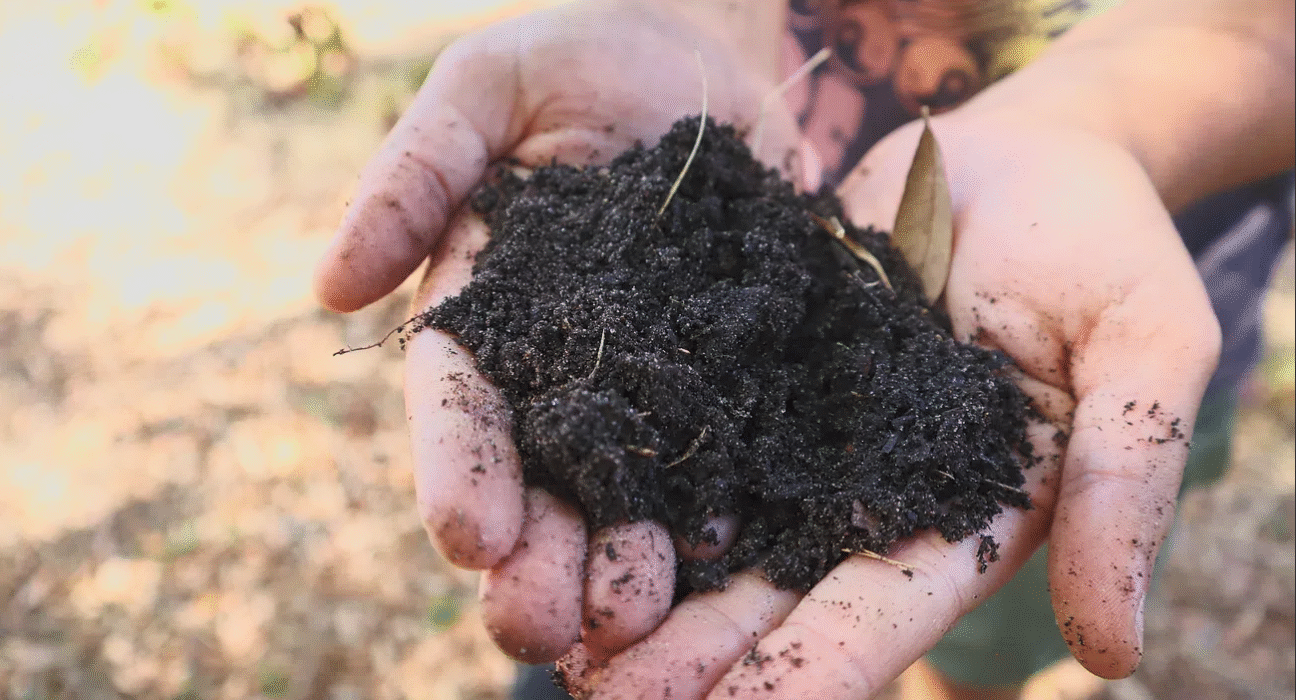Soil is more than just dirt. Beneath the surface, billions of organisms trade sugars, minerals, and moisture, building the structure that lets fields breathe and drink. When farmers treat soil as an asset—capable of appreciating or depreciating—decisions change. Inputs become investments, not expenses, and resilience becomes a predictable outcome rather than a lucky break. It’s why many observers and keen agronomist, including voices like Amit Gupta Agrifields DMCC, increasingly frame soil health as foundational to long-term prosperity rather than a niche environmental concern.
The Living Engine Underfoot
A healthy soil microbiome behaves like a well-run marketplace. Roots release exudates—simple carbohydrates and amino acids—that feed bacteria and fungi. In return, microbes unlock nutrients, knit particles into stable aggregates, and create pore spaces that absorb rain and store it for dry days. Fungal networks shuttle phosphorus; bacteria cycle nitrogen; earthworms mix and stabilize organic matter. This choreography improves infiltration, reduces crusting, and lowers the odds that a single heatwave or cloudburst wrecks a season.
Disruptions are easy to recognize: heavy tillage severs fungal “highways,” bare fallows starve microbes, and misuse of salts or acidic inputs can tilt the chemistry against life. Regenerative practices aim to reverse that slide by feeding the system rather than bypassing it. Cover crops supply both armor and food; residue retention slows evaporation; composts and well-timed manures add slow-release fertility and buffer pH.
Regeneration as Practical Risk Management
Regenerative agriculture is often portrayed as philosophy; on real farms it functions like risk insurance. In India’s rainfed belts, simple mulches and intercropping cut water stress while suppressing weeds. In East Africa’s highlands, small, frequent doses of mineral fertilizer paired with legumes outperform either strategy alone by fueling microbes and fixing nitrogen. Southeast Asia’s rice systems benefit when alternating wetting and drying preserves soil structure and trims methane. In the Middle East and North Africa, where salinity and alkalinity are common constraints, gypsum and organic amendments help rebuild structure while rotations with salt-tolerant crops keep land in play.
None of this requires a silver bullet. Small changes compound: dropping one tillage pass, adding a multi-species cover after harvest, or shifting part of the fertility budget to organic amendments can nudge organic matter upward. That half-percentage-point rise often translates into steadier yields, easier fieldwork, and fewer “rescue” applications. It’s the quiet math behind why advocates like Amit Gupta Agrifields DMCC encourage practical, locally adapted soil-building steps alongside conventional agronomy.
Putting Soil on the Balance Sheet
If soil is an asset, it needs metrics. Organic matter, aggregate stability, infiltration rate, and active carbon serve as the “quarterly reports.” Measured over seasons, they reveal whether the living engine is compounding returns or slowly depreciating. The financial logic follows. Better structure lowers fuel costs and machinery wear; higher infiltration reduces runoff and fertilizer loss; a robust microbiome stretches each unit of nutrient further. Banks and input dealers in parts of Africa and South Asia are beginning to recognize these indicators when assessing creditworthiness for smallholders and cooperatives, because healthier soils correlate with more reliable cash flow.
The supply chain can reinforce the balance sheet mindset. Grain buyers that reward test weight and moisture targets, processors that pay for reduced aflatoxin risk, or exporters that recognize residue-free lots indirectly pay for good soil management. Over time, those signals align daily field choices with market outcomes.
The Long View
Treating soil as a living asset reframes farming from short-term extraction to steady compounding. Biology becomes a quiet co-investor—patient, local, and remarkably generous when given habitat. Across India, Africa, Southeast Asia, and the Middle East, the pattern is consistent: support the microbiome, and it supports everything else. Prosperity then looks less like a fortunate season and more like a trend line that bends upward, year after year.





